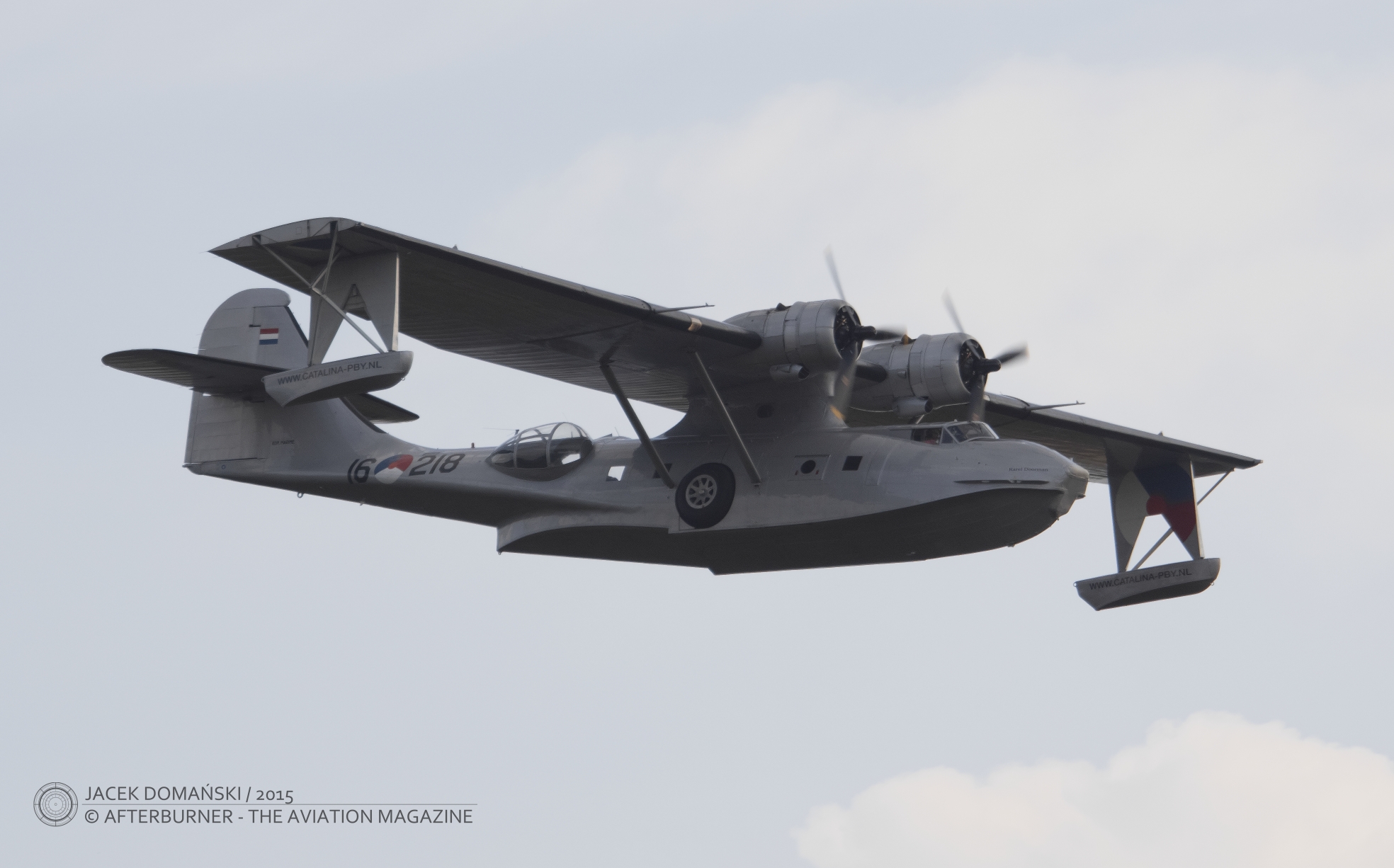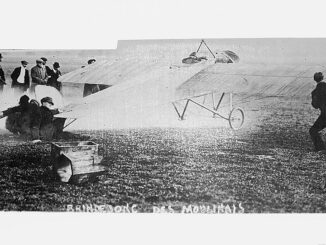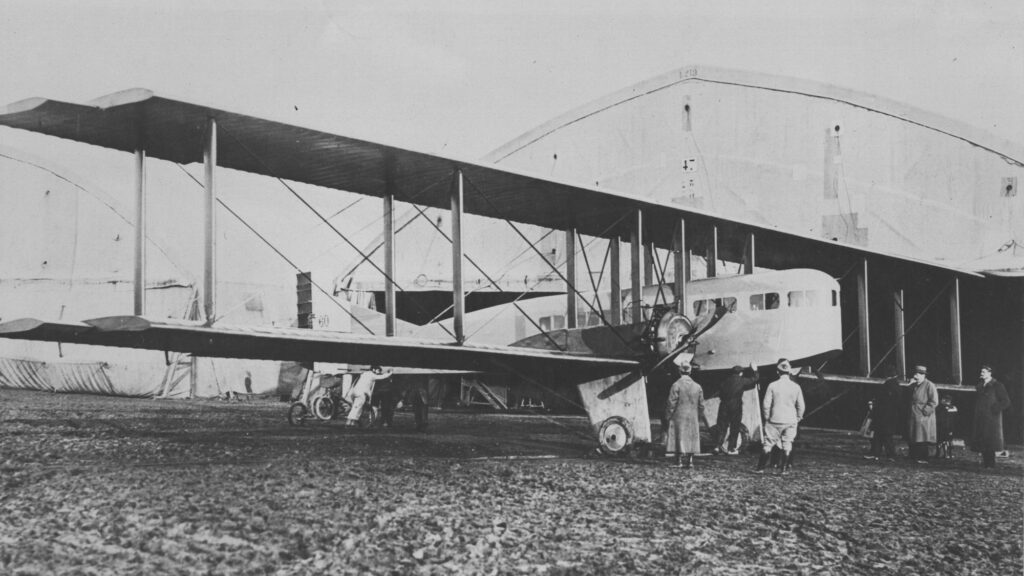 On 7th April 1922, a Farman F.60 and a de Havilland DH.18A airliners collided in mid-air over Thieuloy-Saint-Antoine in France, killing all persons on board of both aircraft. That accident is considered the first mid-air collision of the passenger airliners in the history of aviation.
On 7th April 1922, a Farman F.60 and a de Havilland DH.18A airliners collided in mid-air over Thieuloy-Saint-Antoine in France, killing all persons on board of both aircraft. That accident is considered the first mid-air collision of the passenger airliners in the history of aviation.
The first years after the Great War were marked by rapid development of civilian air services, such as passenger or air mail flights. In the early 1920s, several air companies were established thorough Europe. And quite often they were providing their services with former military aircraft, now converted to airliners.
The French-made Farman F.60 Goliath was such an example. The aircraft was initially developed in 1918 as heavy bomber. However, at the time when the aeroplane was ready for serial production, the World War I came to an end and the Farman company faced the problem of lacking any orders for the Goliath. Nevertheless, it was shortly discovered that huge and unsophisticated fuselage of the F.60 may be easily turned into an airliner or cargo aircraft.
Shortly after, on 8th February 1919, the first converted Goliath performed its maiden passenger flight from Toussus-le-Noble to RAF Kenley, carrying twelve passengers on its board. An interesting fact is that, due to then existing ban on passenger flights, the crew and passengers were all former military pilots who wore their uniforms during the flight and have arranged their mission orders just in case of any troubles.
In March of the same year, Compagnie des Grands Express Aériens airline company was established in Paris, France. For the purpose of providing aerial services, the company acquired a few Farman F.60 and Vickers Vimy Commercial airliners – similarly to the F.60, the Vimy was also a converted military aeroplane.
Grands Express Aériens offered its services until 1923, when it merged with Compagnie des Messageries Aériennes to form Air Union. The airline connected Paris Le Bourget with London, Lausanne and Geneva. During the first year of the company existence, three of its Goliaths suffered from forced emergency landings but there were no casualties.
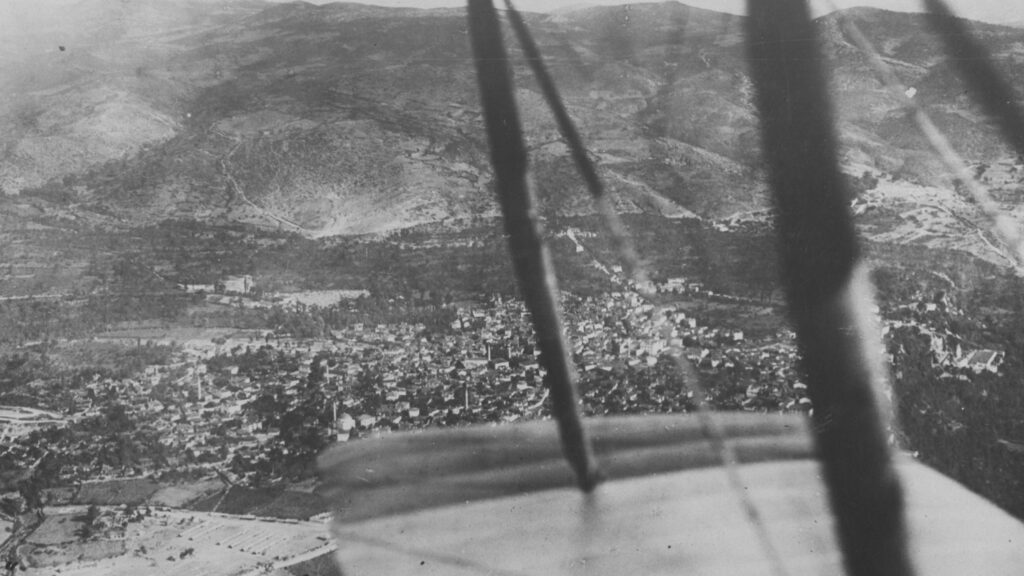
On 7th June 1919, however, on the other side of the English Channel, Daimler Air Hire was founded. The company was a subsidiary of Daimler Company, that was owned by Birmingham Small Arms Company (BSA), and was established to use some assets BSA acquired after the Great War. They included Aircraft Manufacturing Company Limited (commonly known as Airco) and its subsidiary, Aircraft Transport and Travel company. In 1921, those companies merged to create Daimler Airway.
One of the first aircraft operated by that company was de Havilland DH.18A airliner. The aeroplane was developed in 1919 and, although based on the company´s previous designs that still had clear military roots, was the first aircraft purposed for commercial use. Initially, the aircraft from the Daimler Airway inventory – registered G-EAWO – was owned by the Air Ministry but then loaned to Instone Air Line and, finally, transferred to Daimler company.
In April of 1922, Daimler Airways planned to commence regular flights from Croydon to Paris and ordered four de Havilland DH.34 airliners for that purpose. However, the delivery was delayed and the company decided to start that service with their DH.18A. The first flight on Croydon-Paris route took place on 2nd April 1922.
On 7th April 1922 – just a few days the abovementioned route was opened – the DH.18A G-EAWO took-off from Croydon and headed Paris Le Bourget. This time it was just an air mail flight, with no passengers on board and only two crew members, Lt. R. E. Duke as the pilot and a steward.
Approximately at the same time, the Farman F.60 Goliath F-GEAD of Grands Express Aériens took-off from Le Bourget and followed its usual route to England. The aircraft was crewed by M. Mire as a pilot and another crew member unknown by name. The F.60 also carried three passengers – an American couple and a Frenchman.
The day of 7th April was foggy and with low visibility. Therefore, it was no surprise that, while flying over France, both pilots used the then common navigation aid to fly over a road (or a railway, when possible) to not get lost in the mist. A fatal coincidence was that Duke and Mire, although each of them from a different side, decided to fly along the same, shortest route between Paris and the coast – in nowadays France in large part shadowing D1001, D901 and D1015 departmental roads.
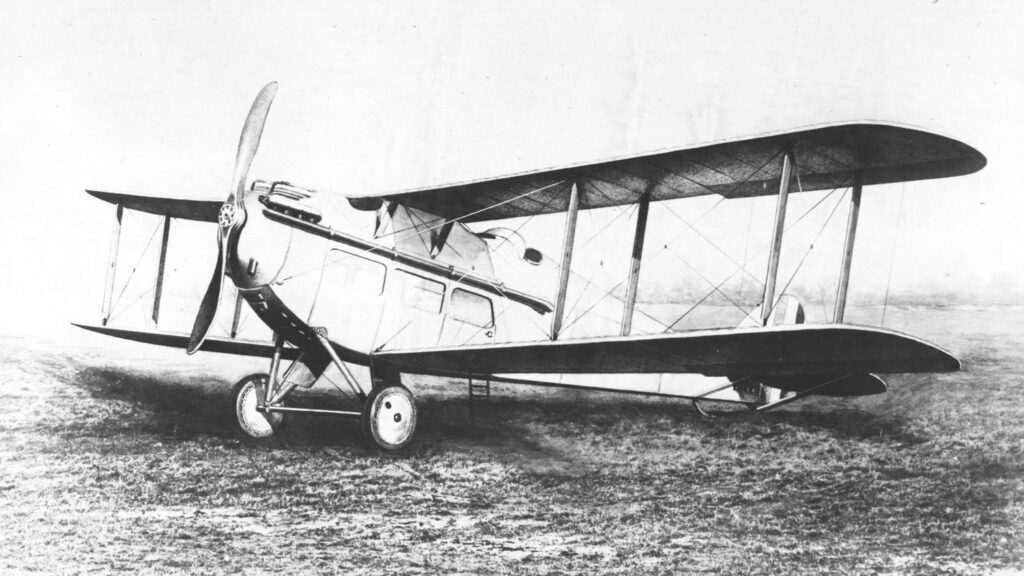
In the vicinity of Thieuloy-Saint-Antoine, a commune near Grandvilliers in Picardie, both aircraft suddenly met in the mist and crashed into each other. It happened so quickly that there was no chance to avoid the accident.
The Goliath and the DH.18A collided at altitude of approximately 150 metres and hit the ground. Six of the people that were on board of both aircraft were killed on the spot, the steward from the DH.18A survived the impact but was seriously injured and died in the hospital.
The first mid-air collision of the airliners attracted the attention of media all over the world. The US press emphasized the death of American couple that was on their honeymoon in Europe. In addition, there was a call that flight safety provisions should be made.
As a consequence, Belgium, France, the Netherlands and the United Kingdom defined their air routes. Then, a meeting was held with the representatives of Grands Express Aériens, Compagnie des Messageries Aériennes, Daimler Airway, Handley Page Transport, Instone Air Line and KLM, as well as pilots flying for those companies. It was decided that, when flying the stated route, the aircraft would keep to the right. In addition, the abovementioned companies stated they newly acquired airliners must be equipped with radio and have better view ahead.
What´s more, Grands Express Aériens employees – chief pilot René Labouchère and Raoul Badin – began to work on the first ever Instrument Flight Rules (IFR) control panel. It was ready yet in 1922 and called Contrôleur de vol Badin (English: Badin´s flight controller).
From the following year, the Badin´s control panel became mandatory for all commercial flights. In 1927, the instrument panel defined by Labouchère and Badin allowed Charles Lindbergh to successfully cross the Atlantic Ocean.

Cover photo: Farman F.60 Goliath passenger airliner. US National Archives and Records Administration photo (17342077), Public Domain. Original caption – Farnum (sic!) aero bus flying between Paris and London.


